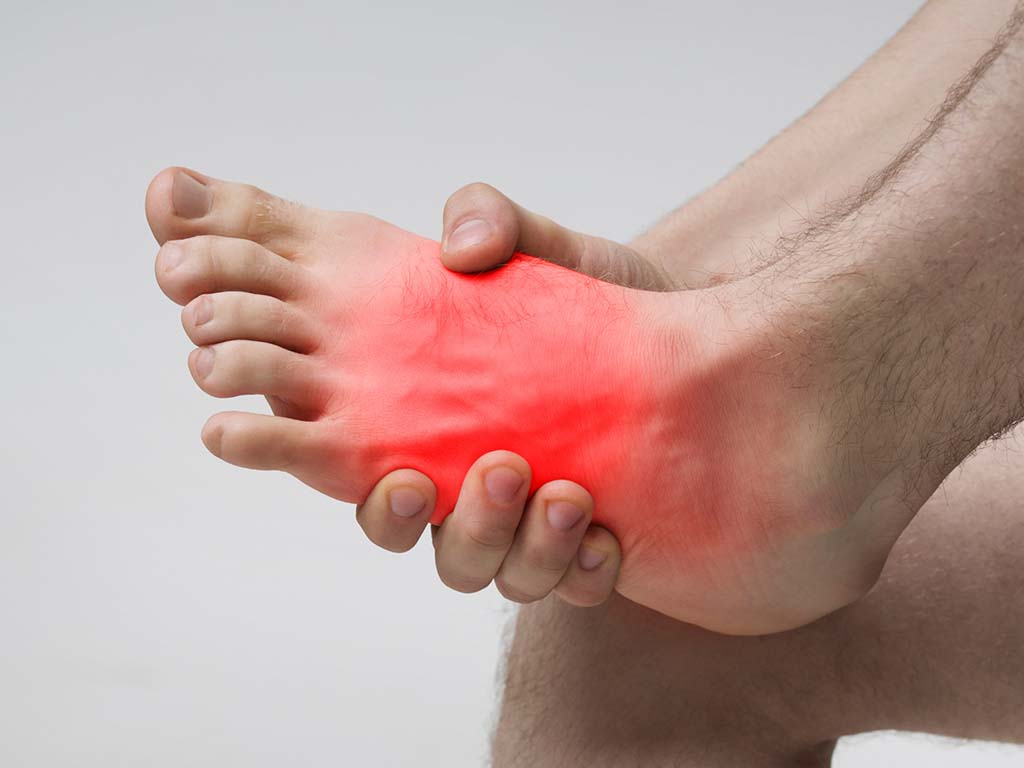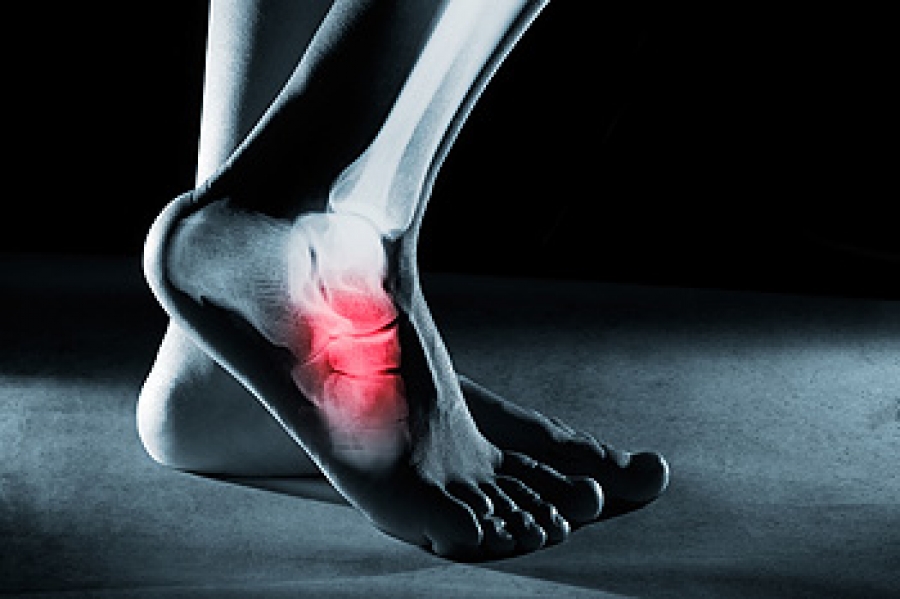Midfoot arthritis refers to the degeneration and inflammation of the joints located in the midfoot region. The midfoot consists of several small joints that connect the bones of the midfoot and play a crucial role in maintaining stability and facilitating movement.
Causes:
- Trauma: A previous injury, such as a fracture or dislocation, can damage the joints and lead to midfoot arthritis.
- Inflammatory conditions: Conditions like rheumatoid arthritis or gout can cause inflammation and erosion of the joints in the midfoot.
- Degenerative conditions: Osteoarthritis, the most common type of arthritis, can affect any joint, including those in the midfoot.
- Structural abnormalities: Flat feet or high arches can put excessive stress on the midfoot joints, contributing to their degeneration over time.
Symptoms:
- Pain in the midfoot region, which may worsen with activity and improve with rest.
- Swelling, tenderness, and stiffness in the midfoot.
- Difficulty walking or standing for long periods.
- Limited range of motion in the affected joints.
- Development of bony protrusions or spurs (osteophytes) around the joints.
Treatment: The treatment options for midfoot arthritis depend on the severity of symptoms and the underlying cause. Here are some common approaches:
- Conservative measures:
- Rest and activity modification: Avoiding activities that worsen symptoms and providing ample rest to the affected foot.
- Pain management: Over-the-counter pain medications or prescription medications to manage pain and inflammation.
- Physical therapy: Exercises to improve strength, flexibility, and stability of the foot.
- Orthotic devices: Custom shoe inserts or braces to provide support and relieve pressure on the affected joints.
- Footwear modifications: Wearing shoes with good arch support and cushioning to reduce stress on the midfoot.
- Assistive devices:
- Canes, crutches, or walking boots may be used to offload weight from the affected foot and provide support during walking.
- Injections:
- Corticosteroid injections: These can provide temporary pain relief and reduce inflammation.
It’s important to consult with a healthcare professional, such as an orthopedic specialist or a podiatrist, for an accurate diagnosis and appropriate treatment plan tailored to your specific situation.



